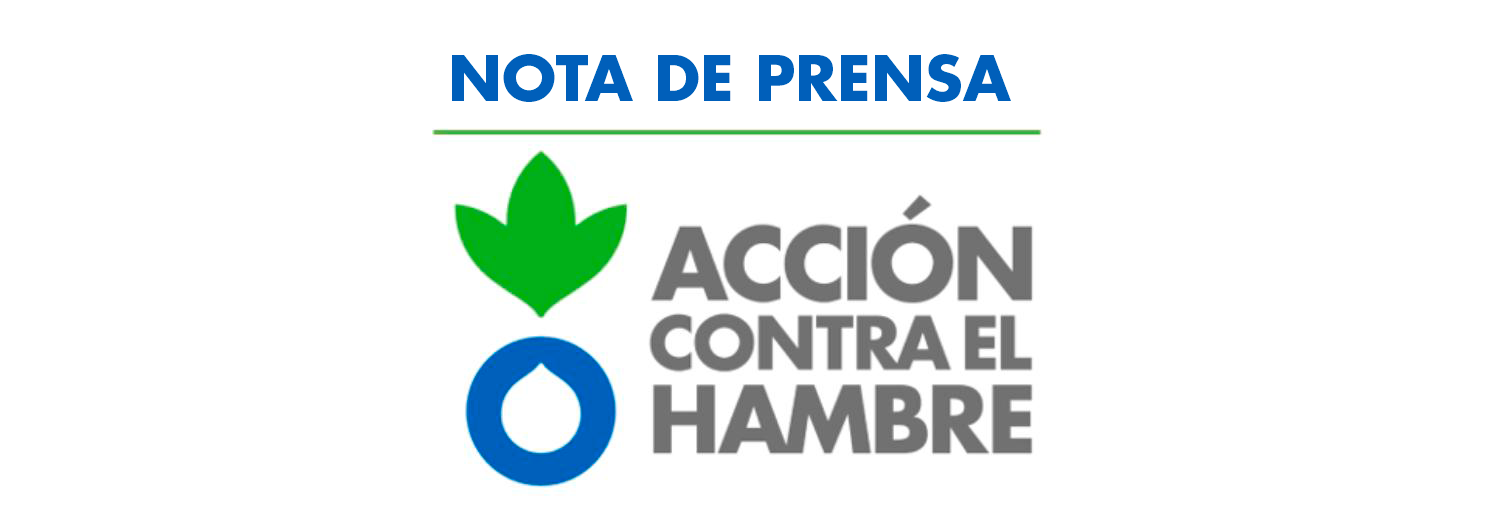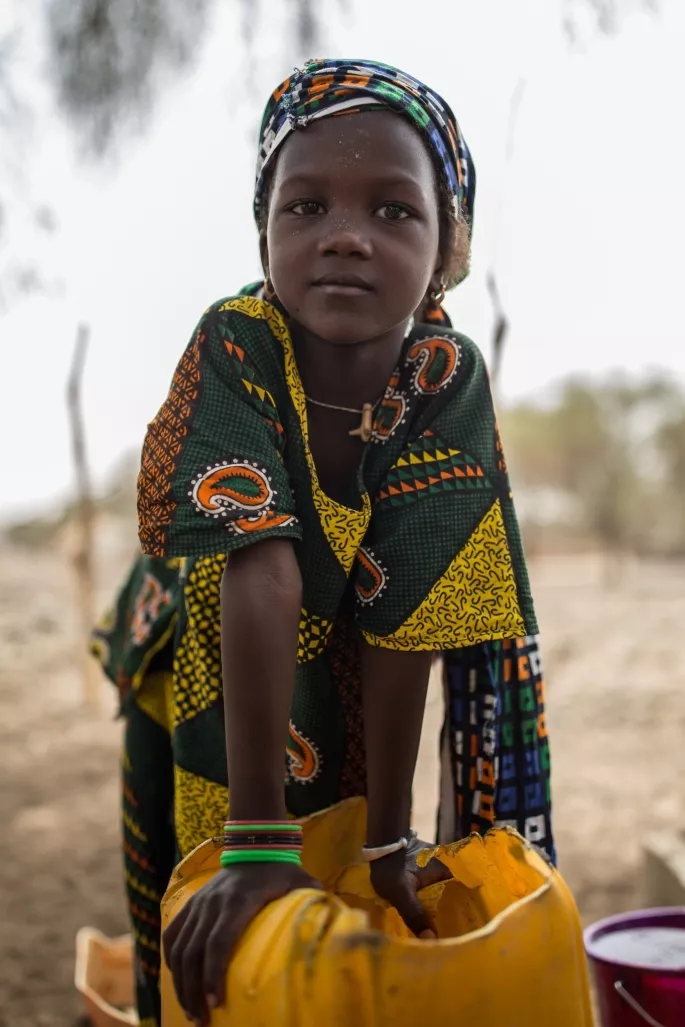

SUDAN, GLOBAL HUNGER HOTSPOT: 25 MILLION PEOPLE WITHOUT ACCESS TO FOOD
Torrential rains hamper humanitarian aid, exacerbate cholera outbreaks and collapse health systems
Khartoum, 8 August 2025 – The rainy season, which runs from June to October and is now reaching its peak, is having a devastating impact on Sudan. Heavy rainfall has already begun to cause widespread flooding, destroying essential infrastructure, fuelling outbreaks of infectious diseases, blocking key routes and severely hampering humanitarian access to the most vulnerable communities.
This is happening in a country already facing the world's worst humanitarian crisis in terms of scale. After more than two years of armed conflict, 30 million Sudanese are in need of urgent assistance and 25 million are suffering from acute food insecurity. In 2024, the UN warned of famine in Zamzam (Darfur), the first in more than seven years.
Torrential rains and uncontrolled cholera outbreaks
Flooding caused by the rains not only destroys homes and roads, but also contaminates water sources, forcing thousands of people to consume unsafe water and exacerbating the risk of infectious diseases. So far this year, nearly 40,000 cases and more than 900 deaths from cholera have been reported, and outbreaks are expected to worsen as the rains continue. There has also been an increase in cases of acute diarrhoea and typhoid fever, especially in overcrowded areas such as camps for displaced persons, where access to safe drinking water and hygiene is virtually non-existent.
This situation is pushing already fragile health and sanitation systems to their limits. In regions such as Darfur, South Kordofan and Blue Nile, where 80% of hospitals are closed and more than 60% of water treatment plants are out of service, it is almost impossible to respond to the crisis. In overcrowded camps such as Zamzam, the situation is particularly critical due to unsanitary conditions, overcrowding and lack of adequate medical care, which particularly affect women and children.
Famine declared: a sign of total collapse
According to the Integrated Food Security Phase Classification (IPC), famine conditions declared in North Darfur and the Western Nuba Mountains could spread to five other locations, with 17 additional areas at risk. In places where aid is most difficult to reach, people are surviving by eating animal fodder, roots or wild herbs that do not meet their basic nutritional needs. More than 3 million children under the age of five could suffer from acute malnutrition this year, 770,000 of them in its most severe form.
"Declaring famine is an extreme measure, reserved only for the most serious situations," explains Paloma Martín de Miguel, director of operations in Africa at Action Against Hunger. "It is not done lightly: it means that hunger has reached such critical levels that the lives of a large part of the population are in imminent danger. It is a maximum alert that must be taken with all the seriousness it deserves, as it reflects that Sudan is facing the worst humanitarian crisis of our time."
Action Against Hunger: emergency response
Action Against Hunger, present in Sudan since 2018, continues to provide support in areas where humanitarian aid is insufficient and access is severely hampered by ongoing violence, mass displacement, heavy rains and funding cuts. We also work with the international community in various forums to enable aid to reach those most in need without hindrance.
Despite access constraints and insecurity, our teams continue to distribute food and agricultural kits in critical areas, setting up mobile clinics to bring medical care to those without access to it and protecting women most vulnerable to gender-based violence. Between April 2023 and December 2024, we helped more than 1.2 million people in Central Darfur, South Kordofan, White Nile, Blue Nile and Red Sea State with our nutrition and health, water, sanitation and hygiene, and gender programmes.
